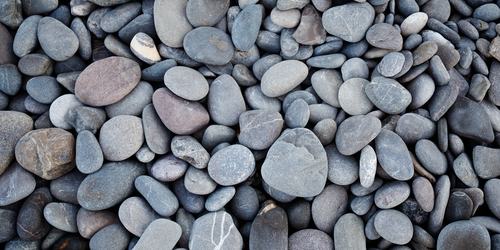A Slight Curvature Gives Pebbles an Impacting Edge
When thrown into a pond, a perfectly flat pebble exerts a bigger force on the water’s surface than a spherical pebble of roughly the same size. But what about a stone that is neither flat nor round? Could it possibly exert a larger force? This question has long intrigued fluid dynamicists, as impact-force magnitude determines whether the impacting object survives the collision. Now Jesse Belden at the Naval Undersea Warfare Center in Rhode Island and his collaborators have answered this question, demonstrating that impactors with a slight curvature beat flat ones in this force competition [1]. The researchers say that their finding highlights the importance of object geometry when it comes to understanding the aftermath of a solid body slamming into a fluid, such as an aircraft executing an emergency water landing or a professional athlete diving into a swimming pool.
In their experiments, Belden and his colleagues dropped aluminum cylinders onto the surface of a still body of water. The water-impacting end of each cylinder was capped with a “nose,” whose shape varied from hemispherical (the nose’s radius equaled that of the cylinder) to flat (the nose’s radius was infinitely large). They then measured each cylinder’s impact-force coefficient, a number that characterizes the force exerted by the water on the cylinder when it hits the water’s surface.
In between the two nose-shape extremes, the team found a critical cylinder-to-nose radius ratio of 0.008 at which the experimental impact-force coefficient reached a maximum. Further analysis of the measurements revealed that this higher force was linked to the size of the air pocket that formed under the nose when it hit the water. The maximum force occurred when the air-pocket size was such that it provided the smallest cushioning effect, and thus the cylinder exerted the largest impact force.
–Agnese Curatolo
Agnese Curatolo is an Associate Editor at Physical Review Letters.
References
- J. Belden et al., “Water impact: When a sphere becomes flat,” Phys. Rev. Lett. 133, 034002 (2024).




